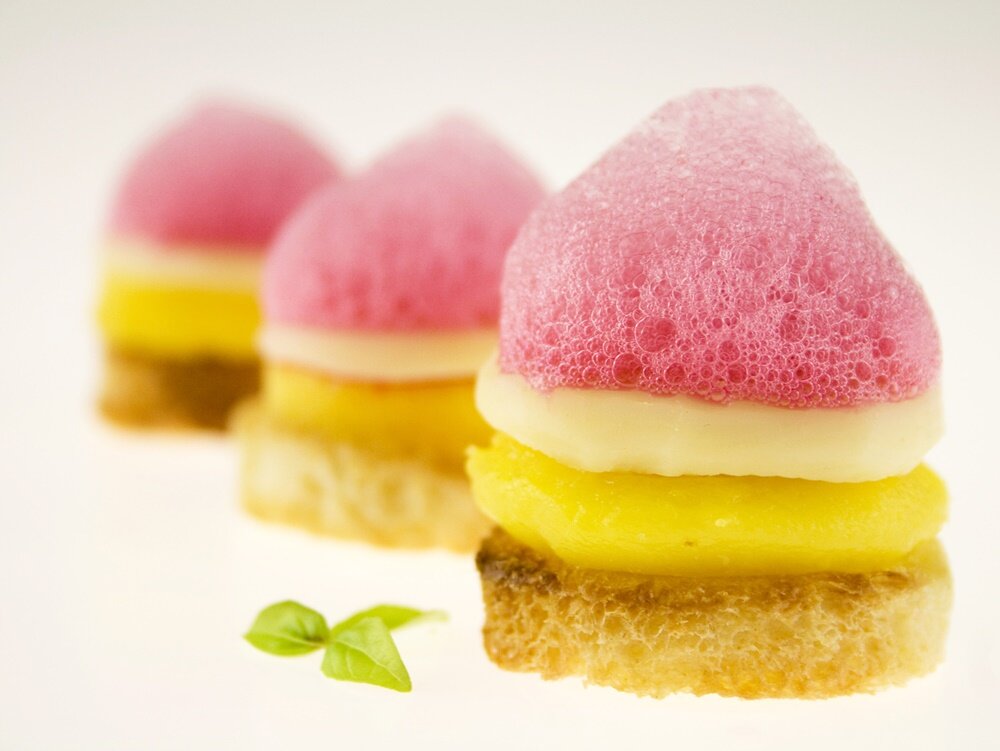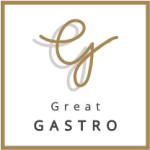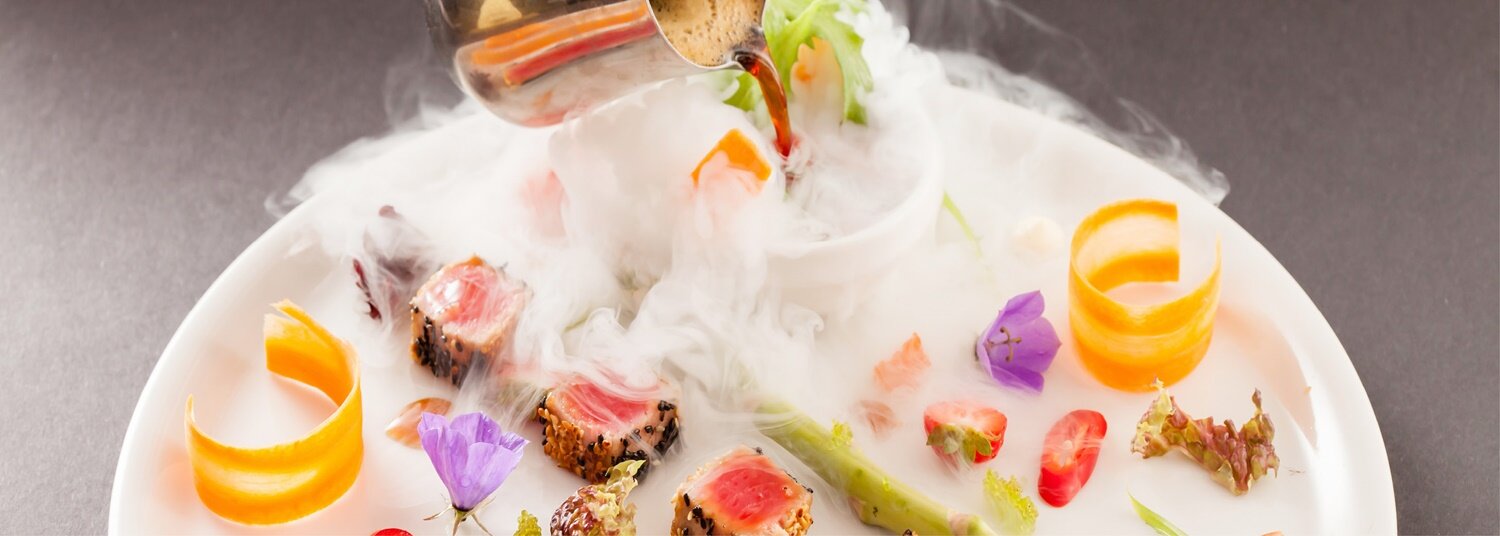All cooking is a special blend of science and art, but some styles go above and beyond to amaze your eyes and taste buds. Molecular gastronomy uses techniques from chemistry and physics to craft edible creations that seem out of this world. Transforming the textures of food into innovative eating experiences, molecular gastronomy offers something new for the palates of intrepid diners.
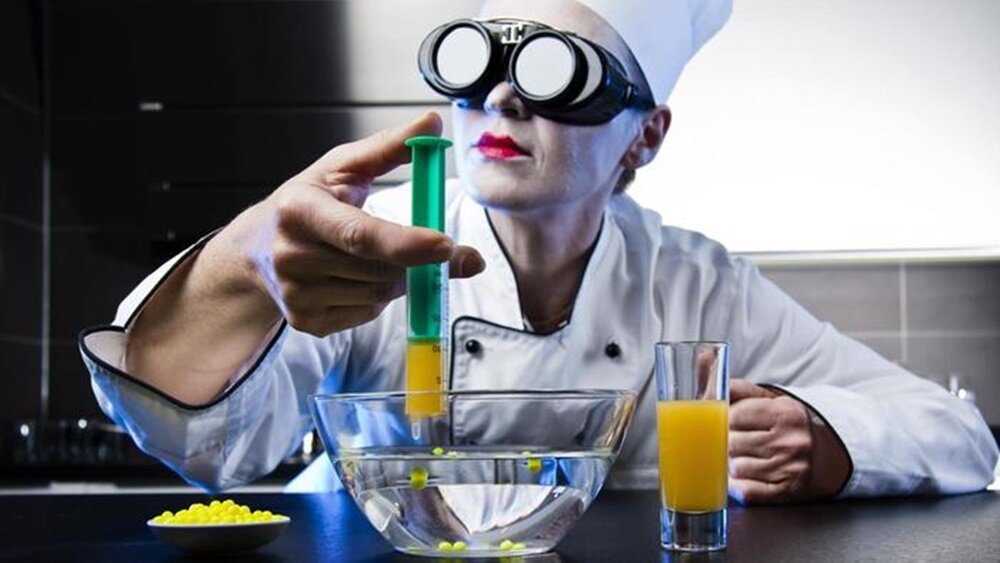
Dippin’ Dots ice cream was probably the public’s first encounter with molecular gastronomy, transforming the traditional treat into space-age spheres through a special freezing process. “Molecular gastronomy” was coined in 1992, but it has trended heavily and today appears on menus across the country. All the processes are natural too – so there’s nothing to worry about concerning “unnatural” foods on your plate (we won’t promise that it will look natural, however!)
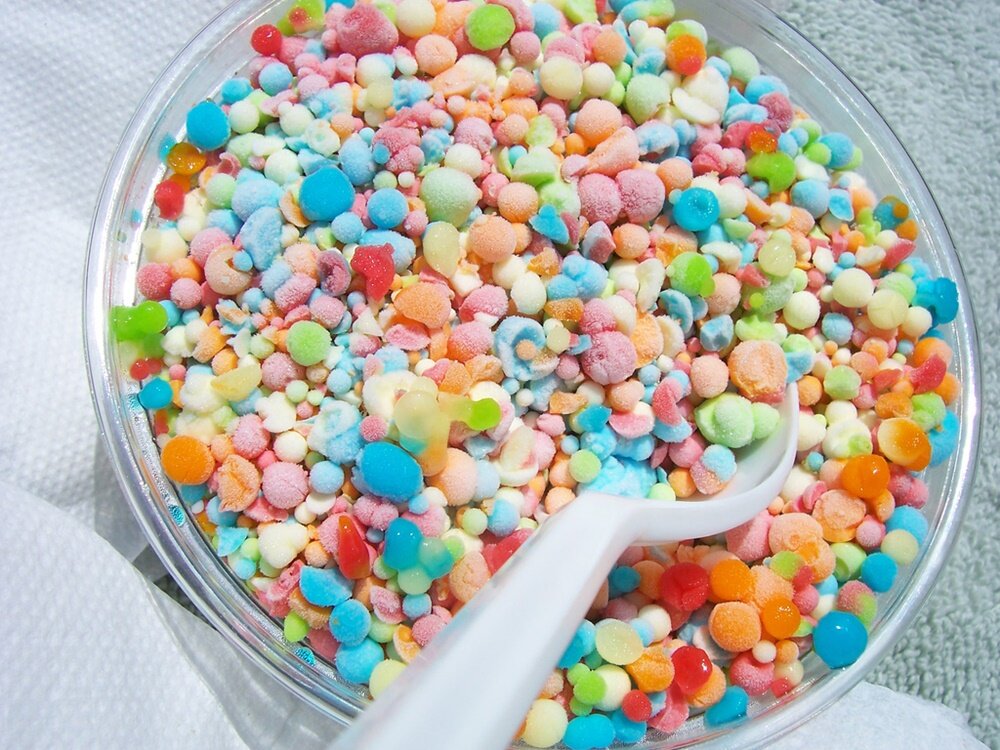
From deconstructed desserts to transparent pasta and faux caviars, molecular gastronomy converts expectations into revelations on the dinner table. Using lab-like equipment such as liquid nitrogen and evaporators, this unique cooking style presents regular food in brand new ways that will blow your mind. But be careful, even though we call it molecular gastronomy – most chefs prefer the terms “avant-garde cuisine,” “culinary constructivism” or simply “modernism.” Whatever you call it, this experimental cooking style appeals to people who like to try new things and experience unfamiliar sensations.
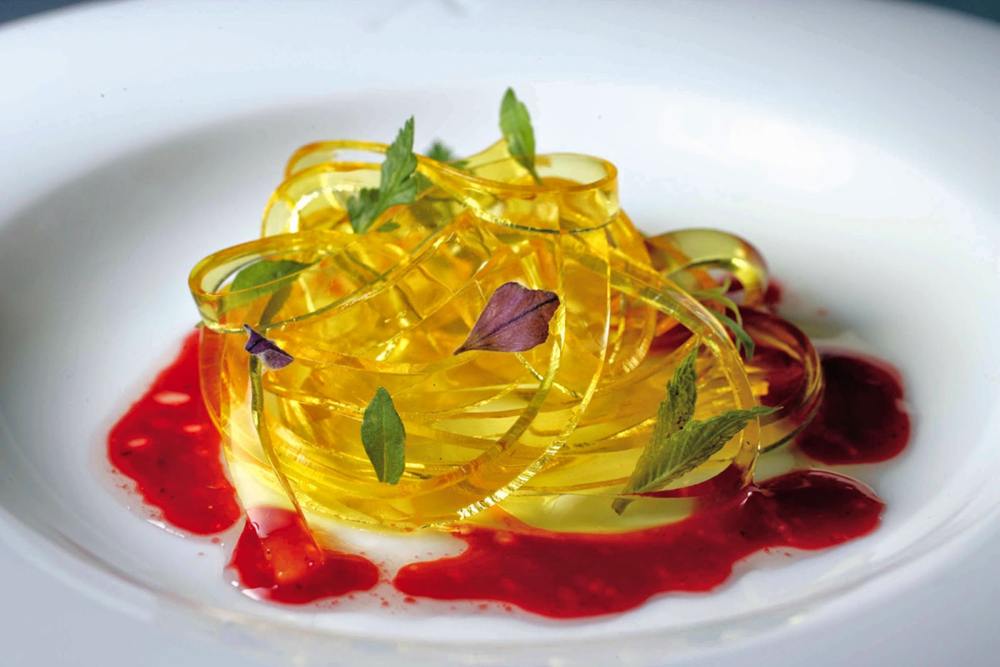
Would you try moss vapor? How about olive oil caviar, foam peas or powdered duck fat? Get familiar with common molecular gastronomy terms, so you can order with confidence when you see them on the menu.

7 Common Molecular Gastronomy Terms and Techniques
1. Sous-Vide: Translated as “under vacuum,” this French term means that the food (usually meat or vegetables) has been cooked in an airtight plastic bag submerged in a temperature-controlled water bath for a very long time. Food prepared this way is always cooked evenly, with both the inside and outside equally tender.
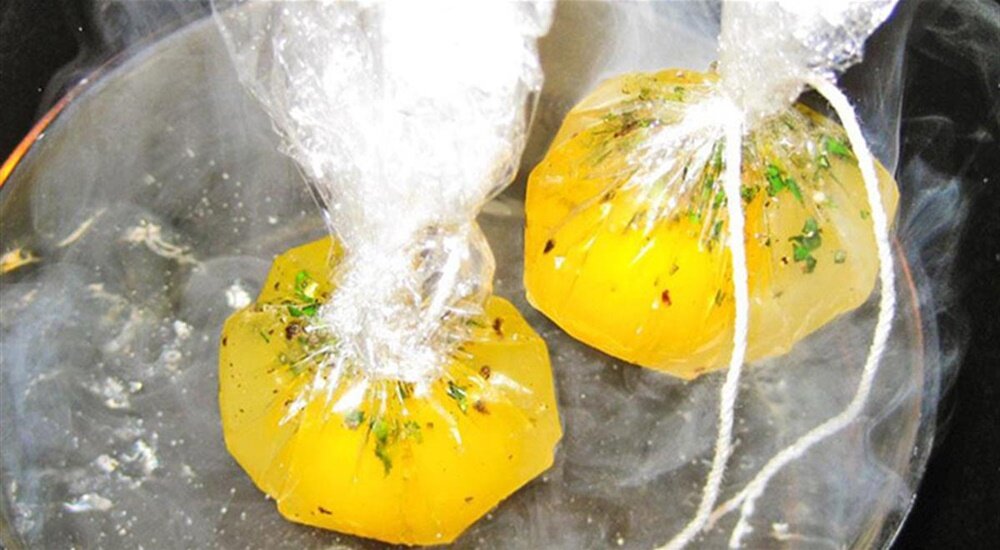
2. Flash Frozen: With this molecular gastronomy technique, food is frozen almost immediately often by using liquid nitrogen. This allows the water inside fruits, vegetables, and other fruits to freeze without creating large crystals or damaging the cell membranes, thus preserving the texture of frozen foods (which would otherwise be mushy when defrosted).
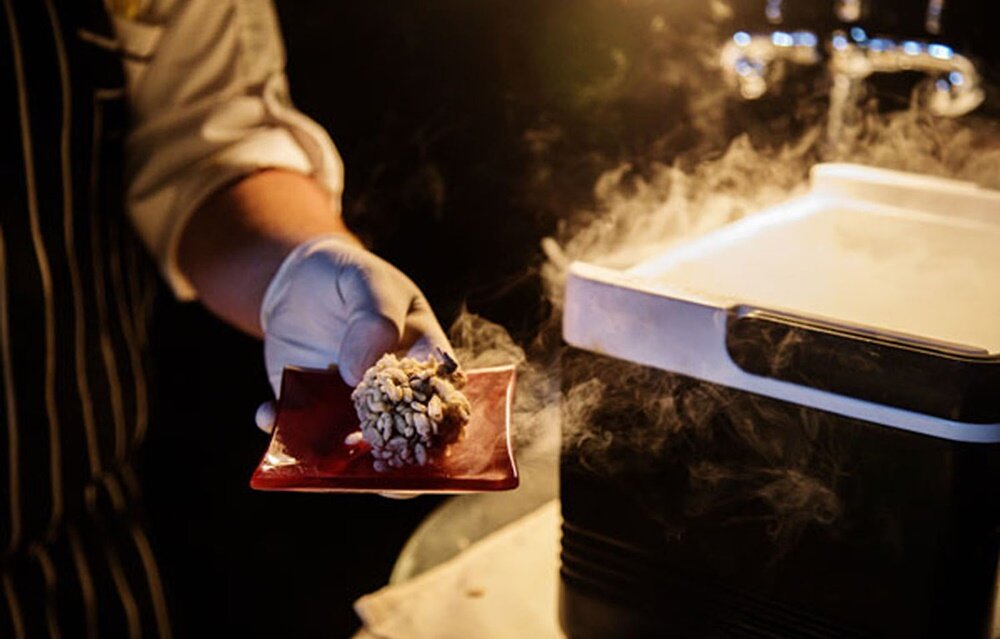
3. Faux Caviar: Using a process known as spherification, liquid food like olive oil, tea, and fruit juice can be turned into tiny little balls that look like caviar (see top image). The liquid is held in its shape by a thin gel membrane and enjoyed as a solid.
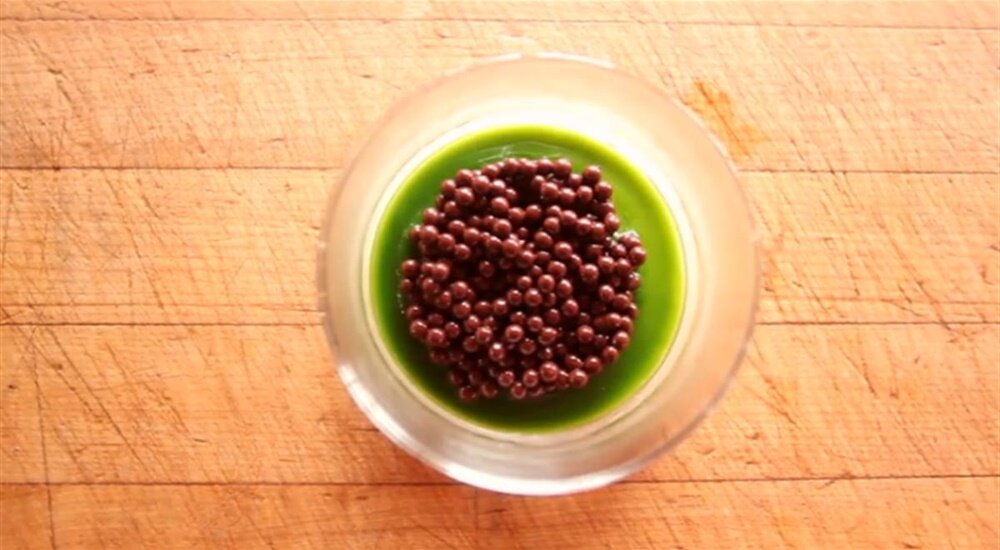
4. Deconstructed: If you deconstruct a sand castle, you knock it down. This same idea applies to deconstructed dishes, which feature separate building blocks instead of having everything combined. Deconstructed dishes allow the diner to construct a customized experience in his or her mouth.
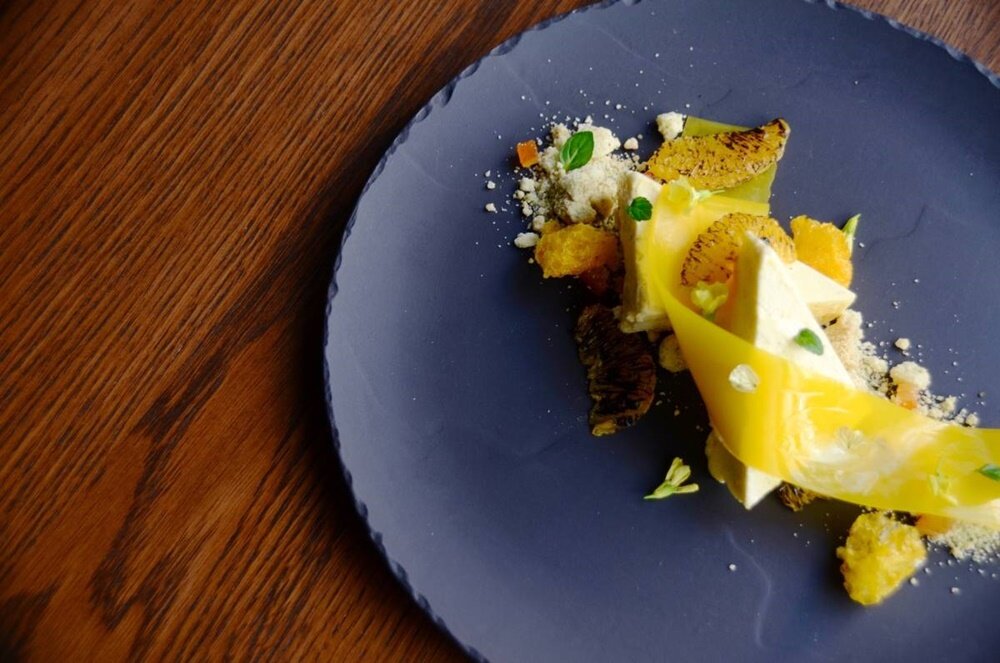
5. Edible Paper: Made with potato starch and soybeans, these tasty sheets of paper are often printed with edible fruit inks from a laser printer.
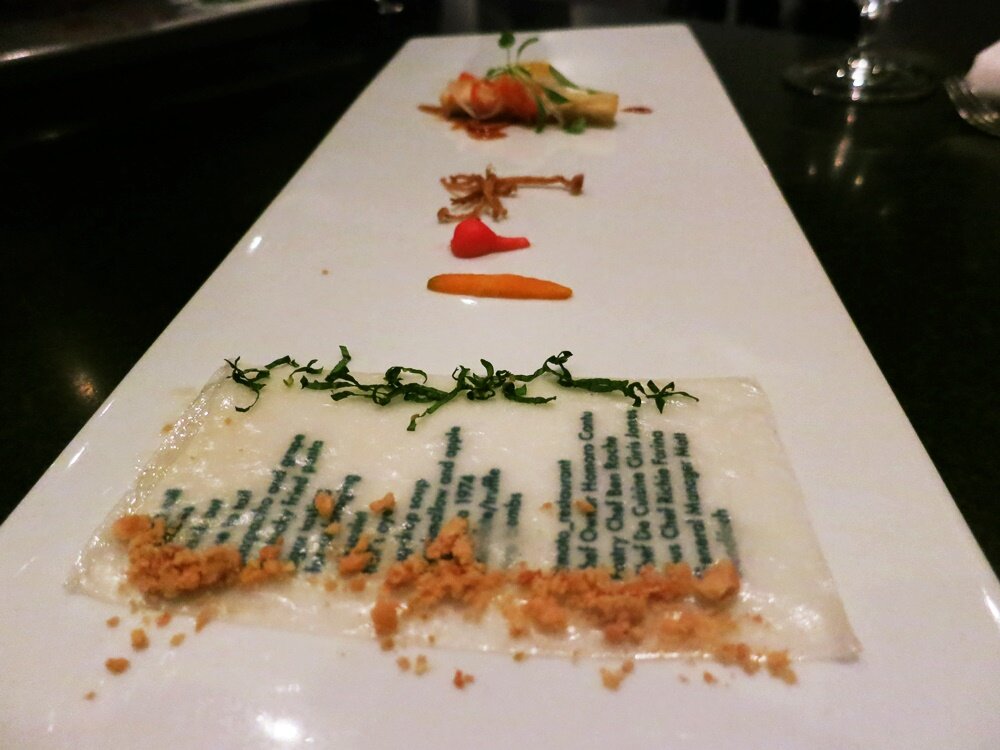
6. Powdered Food: Chefs use maltodextrin, a starch-like substance, to turn a high-fat liquid like olive oil into a powder.
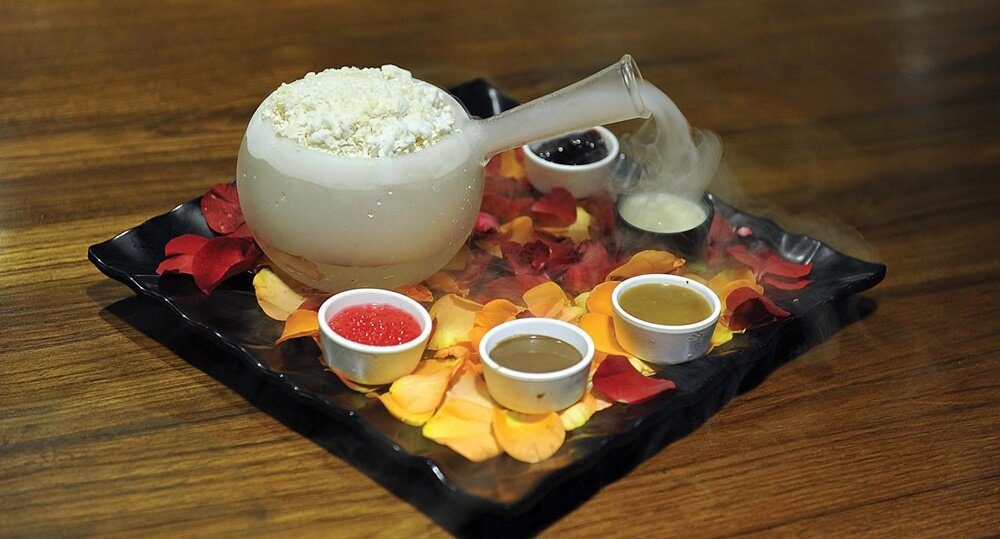
7. Foams: If you’ve ever had a meringue on top of a pie, you’ve eaten a foam. Chefs are now turning fruits, vegetables, and cheese into foams using food stabilizers and thickening agents.
